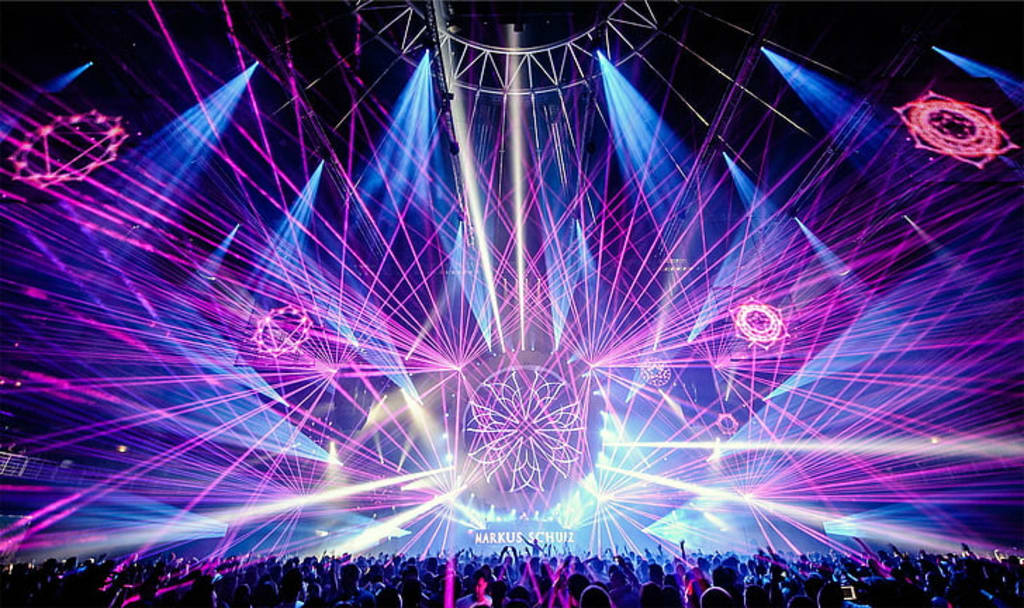The Genesis of Electronic Dance Music
Unearthing the Origins

Electronic Dance Music (EDM) has become a global cultural phenomenon, filling dance floors, festivals, and stadiums with its electrifying beats and captivating melodies. But how did this infectious genre begin? Journey back in time to the roots of EDM, exploring the starting era when electronic music emerged from the depths of experimental labs to take the world by storm.
I. The Pioneering Days of Electronic Music:
The early beginnings of electronic music can be traced back to the late 19th and early 20th centuries. Experimentation with electronic sounds started with inventors and composers exploring new possibilities through the use of electrical and mechanical devices. Notable pioneers like Leon Theremin, Robert Moog, and Delia Derbyshire laid the foundation for what would later become the EDM revolution.
II. The Rise of Synthesizers:
The 1960s marked a significant turning point for electronic music with the introduction of the first commercially available synthesizers. Robert Moog's invention of the Moog synthesizer in 1964 brought the manipulation of sound waves into the hands of musicians and producers. Artists like Wendy Carlos and Kraftwerk utilized synthesizers to create futuristic and otherworldly compositions, setting the stage for the rise of electronic music in the decades to come.
III. The Birth of Disco:
In the 1970s, the disco movement took the world by storm, blending electronic elements with funk and soul influences. DJs and producers embraced disco's pulsating rhythms and soulful vocals, creating dancefloor anthems that filled clubs with an infectious energy. The disco era laid the groundwork for dance music's evolution, introducing the idea of electronic beats as a driving force for danceability.
IV. The Emergence of House Music:
In the 1980s, house music emerged as a cultural force, originating in the underground clubs of Chicago. DJs like Frankie Knuckles and Larry Levan experimented with drum machines and synthesizers, creating a distinctive sound characterized by its repetitive beats and soulful vocals. House music quickly spread to Europe, where it gained a massive following and paved the way for other sub-genres like techno and trance.
V. The Techno Revolution:
The late 1980s and early 1990s saw the rise of techno music, a genre that emphasized the use of synthesizers, drum machines, and computer technology to create futuristic and hypnotic soundscapes. Originating in Detroit, techno's minimalist approach to music production allowed for a range of experimentation, pushing the boundaries of electronic sound.
VI. The Rave Culture:
As electronic music continued to evolve, so did the culture surrounding it. The rave scene emerged as a counter-cultural movement, celebrating unity, freedom, and the power of music to bring people together. Raves became the epicenter of EDM, where DJs and producers could connect with their audiences on a profound level, creating unforgettable experiences that transcended the ordinary.
VII. The 2000s: EDM Goes Mainstream:
As the 21st century dawned, electronic dance music experienced a massive surge in popularity, breaking into the mainstream like never before. EDM festivals and events drew massive crowds, and electronic tracks began dominating the charts. The advent of digital technology and social media played a pivotal role in expanding EDM's reach, connecting artists and fans from all corners of the world.
VIII. Sub-genres and Diversity:
The starting era of EDM also witnessed the birth of various sub-genres, each with its unique sound and following. From dubstep and drum and bass to trap and future house, EDM diversified into a vast array of styles, catering to a wide range of musical preferences.
IX. The Global Phenomenon:
As EDM transcended geographical and cultural barriers, it became a global phenomenon. Festivals like Tomorrowland, Ultra Music Festival, and Electric Daisy Carnival attracted hundreds of thousands of attendees from every continent, creating a sense of unity and celebration through music.
The starting era of electronic dance music was a journey of experimentation, innovation, and cultural transformation. From the early pioneers of electronic sound to the explosive growth of the global rave culture, EDM has continually evolved and adapted, remaining at the forefront of music and dance culture. Today, it stands as a testament to the power of technology and creativity, inspiring generations to come together and dance to the beat of electronic music.





Comments
There are no comments for this story
Be the first to respond and start the conversation.